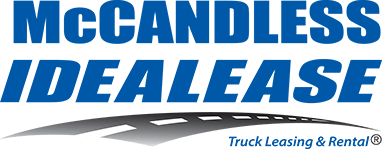Is Your Food Safe?
In an era where food safety is crucial, the Food Safety Modernization Act (FSMA) serves as a vital shield against foodborne illnesses in the United States. Enacted in 2011, this landmark legislation represents the most significant update to food safety regulations in over 70 years, placing a strong emphasis on prevention and oversight. With millions affected annually, FSMA introduces essential rules to enhance the safety of both domestic and imported food. In this blog post, we’ll explore the key components of FSMA, how to develop an effective food safety plan, and best practices for ensuring safe food transit. Join us as we highlight the steps necessary to keep our food safe and healthy for all.
Read, share, and/or print this week's Safety Bulletin.
Check out past Idealease Safety Bulletins.
The Food Safety Modernization Act (FSMA), enacted in 2011, marks a major transformation of food safety regulations in the United States, the most significant in over 70 years. This act emphasizes a proactive approach to food safety, equipping the FDA with the authority to address foodborne illnesses. Each year in the U.S., these illnesses lead to approximately 48 million cases, 128,000 hospitalizations, and 3,000 fatalities. FSMA implements science-based standards and enhances the oversight of both domestic and imported food products. Core Components of FSMA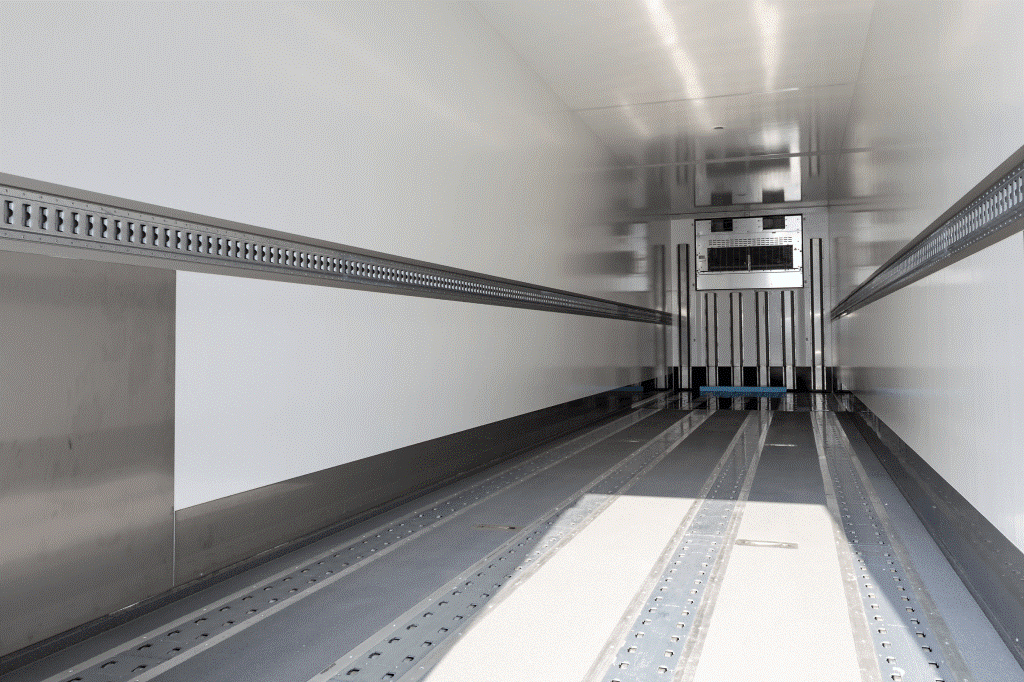
FSMA introduced seven major rules to mitigate contamination risks across the food supply chain:
- Preventive Controls for Human and Animal Food: Facilities must adopt preventive controls for both human and animal food, which include conducting hazard analyses and establishing risk-based preventive measures. These measures should encompass sanitation practices, allergen management, and supply-chain programs.
- Produce Safety Rule: Sets guidelines for the cultivation, harvesting, and storage of fruits and vegetables, with implementation timelines based on farm size: large farms by April 2025, small farms by 2026, and very small farms by 2027.
- Foreign Supplier Verification Program (FSVP): Importers are mandated to verify that foreign suppliers adhere to U.S. safety standards through audits and testing.
- Intentional Adulteration Rule: This targets potential acts of terrorism or sabotage, requiring facilities to create food defense plans that identify vulnerabilities and outline mitigation strategies.
- Sanitary Transportation Rule: Standards for cleanliness are established for vehicles and equipment used in transporting food.
- Third-Party Certification: This rule allows auditors to be accredited to assess foreign food safety practices.
- Food Traceability Final Rule: Starting January 2026, this rule will require detailed record-keeping for high-risk foods to facilitate faster responses to outbreaks.
How to Start a Food Safety Plan
- Recognize potential hazards linked to the ingredients and processes at your facility. Resources such as the FDA website can assist with understanding biological, chemical, and physical contaminants in animal food.
- FDA Website – Biological, Chemical, and Physical Contaminants in Animal Food
- SAFE Hazard Guidance
- Conduct a hazard analysis. Assess each hazard based on its potential severity and the likelihood of occurrence. Utilize FDA guidance and other templates for analysis.
- FDA Guidance for Industry #245
- SAFE Sample Hazard Analysis Templates and Examples
- Provide written justification:Written justifications for your hazard analysis should include scientific evidence, literature reviews, or test results that support your risk assessments.
- SAFE Hazard Analysis Resources
- Include Standard Operating Procedures (SOPs)and pertinent information related to prerequisite programs that support your hazard analysis.
- Note: “Prerequisite programs” are common practices and procedures that minimize the occurrence of specific hazards and are considered during the hazard analysis.
- SAFE Prerequisite Program Templates and Examples
- Preventive Controls: For hazards that have a high severity or likelihood of occurring, ensure that documented preventive controls are in place and meet specific requirements.
- SAFE Readiness and Self-Assessment Checklist
Preparations for Safe Food Transit
Companies tasked with loading refrigerated compartments for temperature-sensitive goods—whether for human consumption or animal feed—must ensure proper cleaning of vehicles before each load. Personnel involved in the loading and unloading processes should be trained in best practices for cleaning the interiors of refrigerated compartments. Those responsible for cleaning must adhere to company Standard Operating Procedures (SOPs) and document the cleaning activities. Additionally, workers should communicate with their supervisor if they have any questions or encounter safety issues they’re unsure how to address.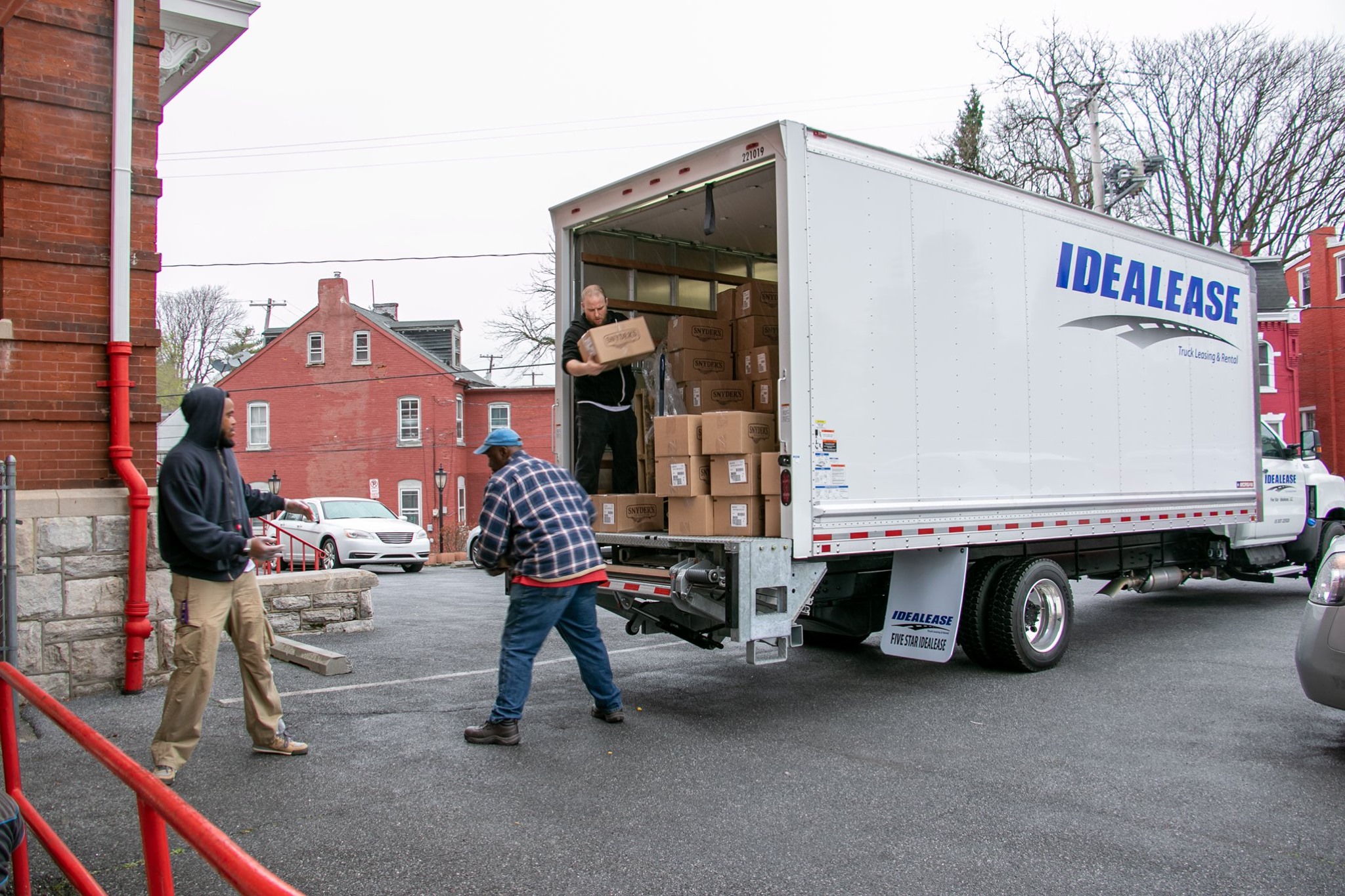
Recommended Materials for Cleaning Temperature-Controlled Compartments
- Broom or air compressor and hose
- Water source with a hose or pressure washer
- Food-safe detergent
- Bucket for mixing detergent
- Cleaning tools (brushes, cloths, etc.)
Preloading:
- Ensure the compartment is clean and in suitable condition.
- Confirm that the refrigeration unit is operating correctly.
- Pre-cool the compartment to the required temperature.
- Inspect for signs of insect or rodent infestations and any off-odors that may indicate contamination. Check that door seals are intact and the compartment walls are free from cracks or holes.
- Verify that floor drains are unobstructed.
- Make sure the compartment is adequately sized for the load and that load locks or securing devices are accessible.
Loading:
- Ensure all workers have completed health and hygiene training and are in compliance with the company’s sanitation policies.
- Confirm that loading personnel are trained to avoid damaging product packaging or the products themselves.
- Implement an airflow loading pattern for hand-stacked loads, leaving lengthwise air channels to promote proper airflow. Maintain at least 4 inches of space between the load’s end and the rear doors for return air circulation.
- Leave a minimum of 9 inches of clearance between the top of the load and the ceiling.
- Ensure at least 4 inches of space between the load and the refrigerated air outlet.
- Maintain at least 1 inch of clearance between the load and the compartment walls.
- Verify that the load is secure.
Six Most Common CSA Violations
THE VEHICLE
Violation: Lighting: Last year, 28% of all roadside vehicle violations occurred due to issues with lights or reflective materials, out of 2.4 million inspections. Lighting violations have a CSA severity rating of 6 points, while violations related to reflective tape or conspicuity result in 3 points.
Prevention: Conduct comprehensive pre- and post-trip inspections and ensure any lighting issues are documented in the daily vehicle inspection report.
Brakes Violation: Brakes represent 25% of all vehicle violations, leading to over 1 million brake-related citations last year. Each citation carries a certain number of points related to the specific infraction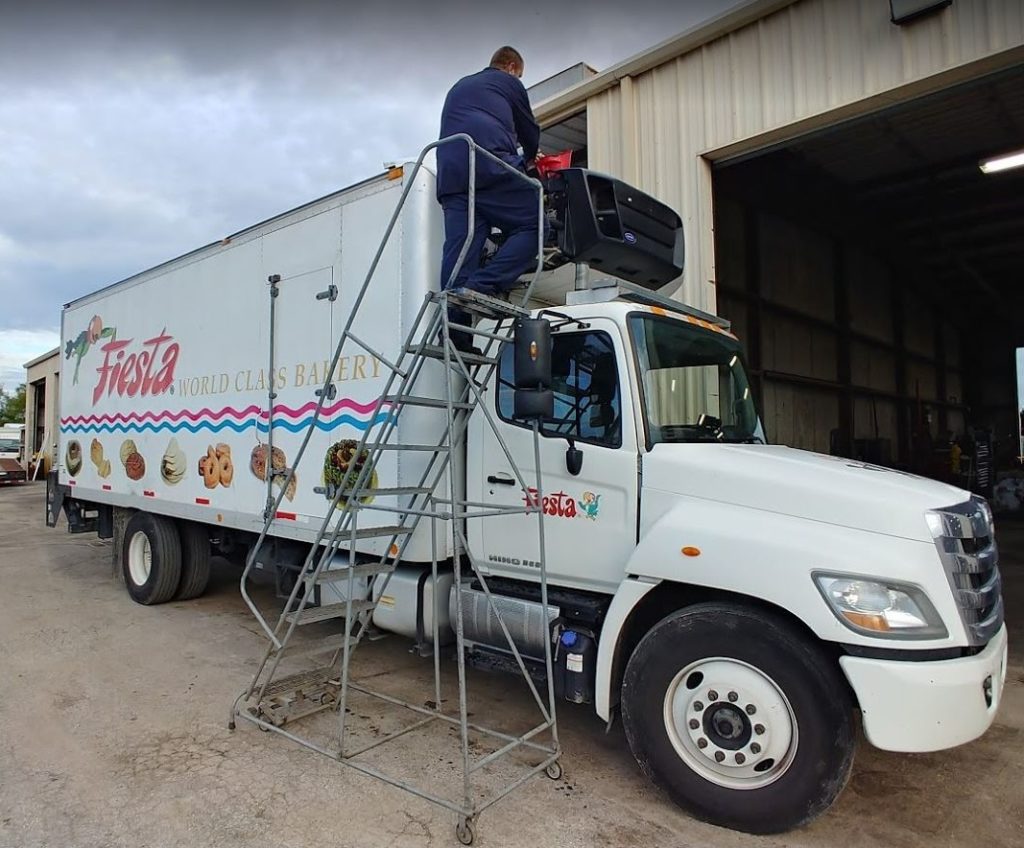 .
.
Prevention: Proper training is essential. Drivers need to be educated on what to inspect and when to request assistance. It’s important to know that brake adjustment issues can only be detected by measuring stroke length. Simply adjusting brakes that are equipped with automatic adjusters will not resolve the underlying problem and may even exacerbate it.
Violation: Tires
Tire-related violations represent 11% of all vehicle citations, with half stemming from insufficient tread depth. These violations are assigned a CSA severity rating of 8 points. For steer tires, a minimum tread depth of 4/32” is required, while all other tires must meet a minimum of 2/32”.
Prevention: To prevent tire violations, conduct thorough pre-trip and post-trip inspections to monitor tire wear and report any conditions approaching regulatory limits. Drivers should be trained to use a gauge to check tire inflation and to recognize when tire replacements are necessary.
THE DRIVER
Violation: Logs
“Form & Manner” and “Log Not Current” violations account for 25% of all roadside violations related to drivers. Violations related to form/manner results in 1 CSA points, whereas not having current logs incurs 5 points.
Prevention: To mitigate these violations, review Hours of Service rules during orientation and continuously during driver meetings. Regularly monitor log documentation for any infractions. Implement a progressive discipline policy, with termination as a last resort. Consider the use of electronic logging devices (ELDs) to improve compliance.
Violation: Medical Issues
Twelve percent of driver violations stem from medical issues, primarily due to missing or invalid medical certificates. These violations can result in 1 to 2 CSA points while being physically unfit to drive can lead to a serious 10 points.
Prevention: To avoid such issues, keep track of medical card expiration dates. Ensure that drivers renew, file, carry, and submit valid certificates to the appropriate licensing body. Provide clear guidance on compliance and enforce consequences for violations.
Note: The implementation of the National Registry of Medical Examiners and updates to medical card requirements (as of February 2015) may help reduce some of these violations.
Violation: English Proficiency
The frequency of English proficiency violations has risen and now constitutes 9% of all driver-related infractions, carrying 4 CSA points.
Prevention: During the hiring process, evaluate English communication abilities. Offer training sessions to help drivers practice essential roadside interactions, such as discussing logs, trips, cargo, insurance, registration, and vehicle details.
International Roadcheck 2025 is May 13-15
The Commercial Vehicle Safety Alliance (CVSA) International Roadcheck is scheduled for May 13–15.
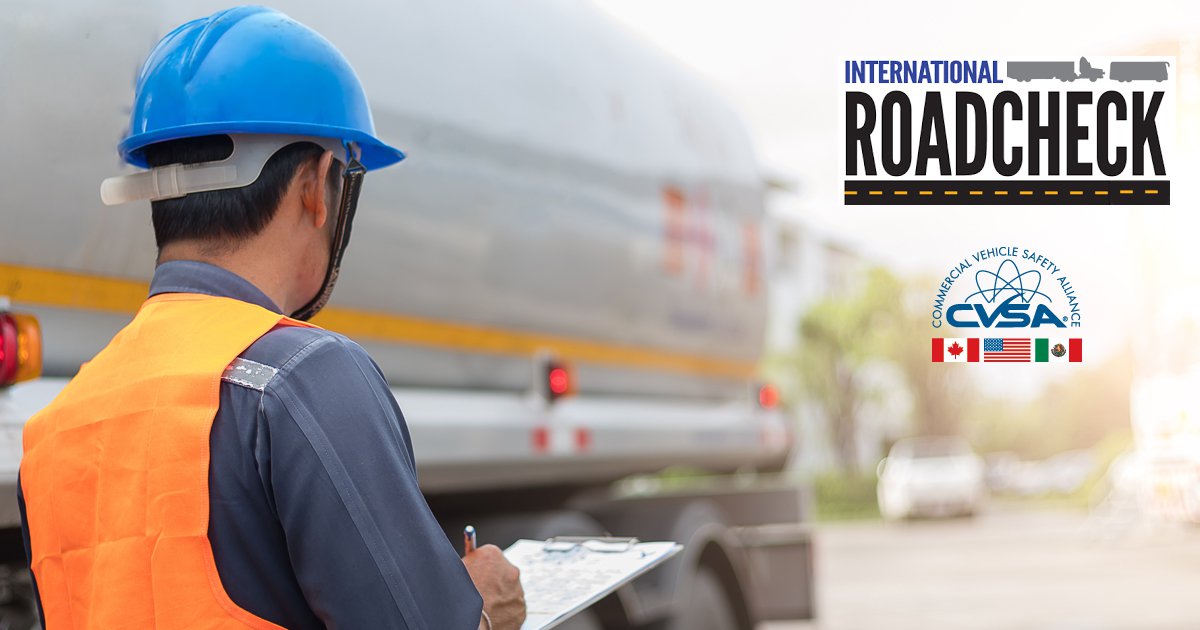
This annual initiative is a prominent enforcement event aimed at ensuring regulatory compliance and inspecting commercial motor vehicles across Canada, Mexico, and the United States.
Over a 72-hour timeframe, CVSA-certified law enforcement officials will conduct inspections at weigh stations, designated inspection locations, and via mobile patrols. These thorough inspections assess adherence to federal, state, provincial, and territorial regulations, with the gathered data set to be analyzed and shared later in the summer.
Each year, International Roadcheck focuses on a specific area of concern. In 2025, the key focuses will be on:
- Tractor protection systems
- Possession of alcohol and controlled substances
The issue of alcohol and controlled substance use remains a significant concern for carriers, drivers, and the public. The increasing number of drivers in the U.S. Drug and Alcohol Clearinghouse (DACH) is a troubling trend that poses risks to roadway safety across North America.
During Roadcheck, inspectors will carry out the North American Standard Level I Inspection, a comprehensive 37-step process that involves a detailed assessment of vehicle parts and a review of driver credentials and documentation.
Registration is now open online for the 2025 Idealease/NPTC Spring Safety Seminars!
Idealease and the National Private Truck Council NPTC will again be hosting safety seminars in the spring and fall of 2025. The one-day seminar this year will focus on basic safety and compliance, regulation changes and CSA. The seminars and will be provided to all Idealease customers, potential customers and NPTC members at no charge. The seminar provides important information applicable for both the novice and experienced transportation professionals.
Spring Seminars 2025
- 5/1/2025 – Portland, OR
- 5/6/2025 – Hollywood, FL
- 5/8/2025 – Harrisburg, PA
- 5/13/2025 – Columbia, SC
- 5/15/2025 – Tampa, FL
To register for an upcoming spring seminar in 2025, click on the following link:
Safety Seminar Registration
Note: Fall seminars will be announced in a later bulletin.
*The Idealease Safety Bulletin is provided for Idealease locations and their customers and is not to be construed as a complete or exhaustive source of compliance or safety information. The Idealease Safety Bulletin is advisory in nature and does not warrant, guarantee, or otherwise certify compliance with laws, regulations, requirements, or guidelines of any local, state, or Federal agency and/or governing body, or industry standards.
